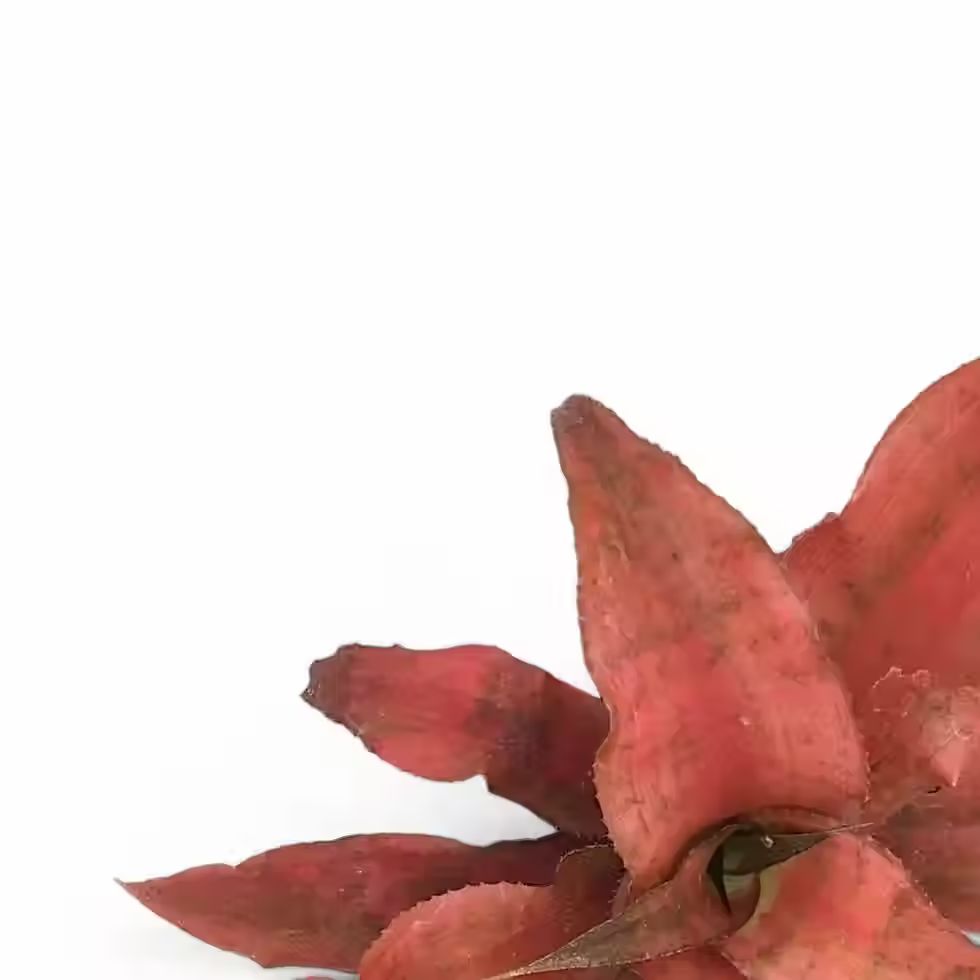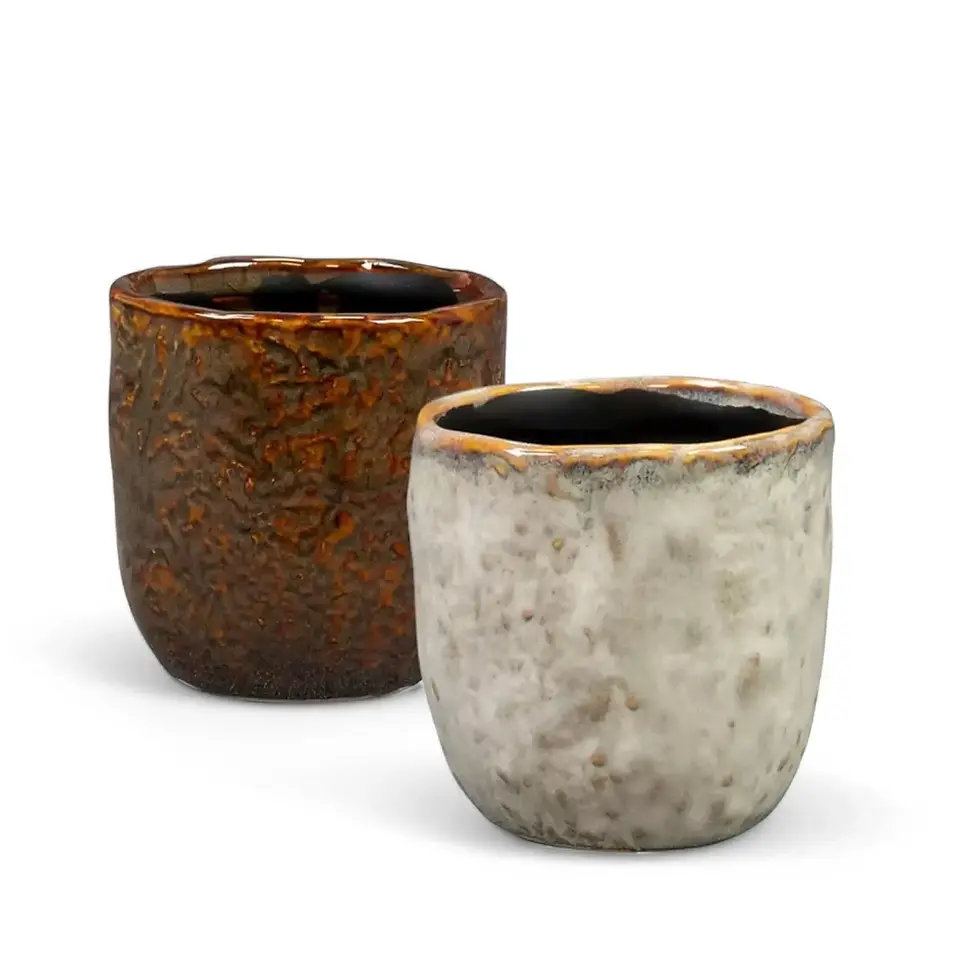Goeppertia (Calathea) picturata 'Argentea' - Essential Guide and Plant Care
Goeppertia picturata 'Argentea' is a visually captivating cultivar with striking silvery-green leaves framed by deep green edges and a contrasting purple underside. This variety is part of the Goeppertia genus, known for its intricate foliage and unique movement, folding its leaves upward at night. Native to the shaded understories of tropical rainforests, it thrives in warm, humid environments, making it a stunning and rewarding houseplant when given the right care.
Goeppertia (Calathea) picturata 'Argentea' - Distinct Features and Benefits
- Compact Growth: Reaches around 50-85 cm in height, making it an excellent fit for shelves, desks, or floor placement.
- Unique Foliage: The shimmering silver-green leaves with dark margins and a deep purple underside add an elegant contrast.
- Pet-Friendly: Non-toxic to pets and humans, making it a safe choice for households with animals.
- Adaptable to Indoor Conditions: Prefers consistent humidity and indirect light, making it suitable for many home environments.
Essential Insights for Goeppertia (Calathea) picturata 'Argentea'
- Natural Habitat: Originating from the rainforests of northwest Brazil, where temperatures range from 21-32°C and humidity levels remain high.
- Growth Rate: Moderate grower under optimal conditions, with new leaves emerging regularly.
- Growth Habit: Clump-forming with an upright, bushy appearance.
- Indoor Size: Typically reaches up to 50 cm in height and spread.
- Toxicity: Non-toxic to humans and pets.
Caring for Goeppertia (Calathea) picturata 'Argentea'
→ Light
Prefers bright, indirect light. Too much direct sunlight can scorch the delicate leaves, while insufficient light may cause slower growth.
Can adapt to lower light conditions, but foliage may lose some vibrancy.
→ Watering
- Keep soil consistently moist but not waterlogged. Water when the top 2 cm of soil feels dry.
- Use filtered, distilled, or rainwater to avoid leaf spotting from tap water minerals.
- Ensure proper drainage to prevent root rot.
→ Humidity
- Requires high humidity (60% or more) to thrive.
- Use a humidifier or group plants together to increase moisture in the air.
- Avoid placing near dry air sources like radiators or air conditioning vents.
→ Temperature
- Prefers 18-27°C and is sensitive to sudden temperature changes.
- Protect from cold drafts, as temperatures below 15°C can cause stress.
→ Soil
- Needs a well-draining, nutrient-rich mix. A combination of coconut coir, pine bark, and perlite provides the right balance of moisture retention and aeration.
- Avoid heavy, compacted soils that retain too much water.
→ Repotting and Pot Choice
- Repot every 1-2 years to refresh the soil and provide space for growth.
- Choose a pot with drainage holes to prevent excess water buildup.
- Terracotta pots can help regulate moisture but may dry out too quickly in dry environments.
→ Fertilizing
- Apply a balanced liquid fertilizer every 4 weeks during the growing season.
- Use a diluted strength to prevent over-fertilization, which can cause leaf burn.
- No need for fertilizing during slower winter growth.
→ Propagation
- Best propagated through division during repotting.
- Gently separate clumps with their own root system and plant in fresh soil.
- Keep new divisions warm and humid for successful establishment.
→ Semi- and Hydroponics
- Can adapt to semi-hydroponic setups, such as LECA (lightweight expanded clay aggregate).
- If transitioning to hydroponics, ensure roots remain oxygenated and use a mild liquid fertilizer suited for hydroponic growth.
→ Pruning
- Remove damaged or yellowing leaves at the base to encourage new growth.
- Light pruning helps maintain a compact shape and prevents overcrowding.
→ Placement
Ideal for shelves, tables, or plant stands in well-lit areas away from direct sun.
Goeppertia (Calathea) picturata 'Argentea' - Common Issues and Solutions
→ Pests
- Susceptible to spider mites, mealybugs, and fungus gnats.
- Treat infestations with insecticidal soap , neem oil, or use beneficial insects.
- Regularly wipe leaves to remove dust and deter pests.
→ Root Rot
- Caused by overwatering and poor drainage.
- Ensure soil dries slightly between waterings and use pots with adequate drainage holes.
→ Leaf Issues
- Browning Edges: Typically due to low humidity or excessive minerals in tap water. Increase humidity and switch to filtered water.
- Yellowing Leaves: Can indicate overwatering or nutrient imbalance. Adjust watering habits and use a diluted, balanced fertilizer.
- Curling Leaves: Often a sign of underwatering or low humidity. Increase moisture levels and ensure regular watering.
→ Fungal Issues
- Can develop powdery mildew in persistently damp conditions.
- Improve airflow around the plant and avoid overhead watering.
Etymology
The genus Goeppertia is named after Heinrich Göppert, a German botanist specializing in fossil plants. The species name picturata derives from Latin, meaning “painted,” in reference to the plant’s decorative foliage. Originally described as Calathea picturata by Karl Koch and Jean Linden in 1863, it was later reclassified under the Goeppertia genus.
Order Your Goeppertia picturata 'Argentea' Today!
Bring home this stunning, pet-friendly plant and enjoy its unique beauty. Shop now and add this elegant tropical houseplant to your collection!
Goeppertia (Calathea) picturata 'Argentea'
Goeppertia (Calathea) picturata 'Argentea' is approximately 65 cm tall and comes in a ⌀ 17 cm pot.

























































